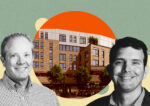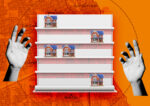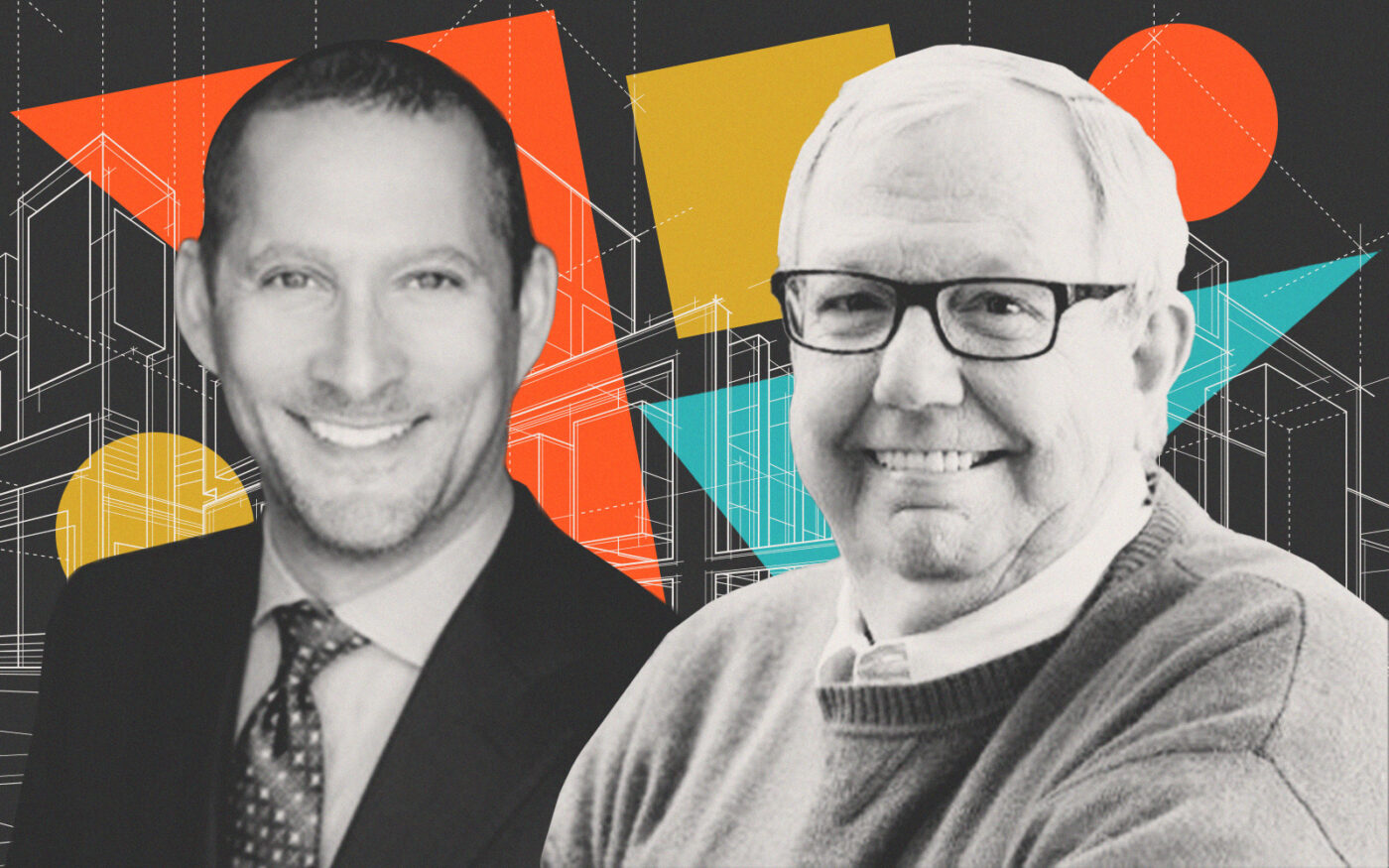In today’s high-priced, low-supply single-family housing market, it’s new construction that benefits, and the companies building Chicagoland homes are increasingly concentrated among the nation’s biggest firms.
More than 75 percent of new-home sales in recent years were generated by large companies including DR Horton, Pulte Homes, Lennar, M/I Homes and Ryan Homes, Erik Doersching, CEO of Schaumburg-based housing market consultant Tracy Cross & Associates, told Chicago Agent.
This is a departure from the market’s landscape in the early 2000s, when small and midsize home builders had a larger presence before many of them were wiped out by the Great Recession. Smaller builders in the Chicago area are now focusing on infill developments, addressing areas overlooked by larger competitors, while the bigger companies stake out sprawling acreages where they’re building or plan to build hundreds of homes within a year or two.
Despite challenges including the Chicago area’s inclement weather, some burdensome municipal regulation of development and rising costs, the industry is seeing some promising signs. During the second quarter of 2023, nearly 20 new housing developments opened in Chicagoland, the most since 2008.
Nationwide, housing starts were up nearly 6 percent year-over-year in July, according to the U.S Census Bureau, and the influx of new housing has been apparent in some parts of the Chicago area, and fresh batches of inventory could continue to permeate the metro over the next six to 12 months.
Even with high interest rates, limited inventory for sale and inflation, the local housing market remains buoyant due to resilient demand continuing to push up home values even as other large metropolitan areas experience pricing drops or slower growth than Chicagoland.
“On a positive note, material costs have stabilized,” @properties agent Danny Glick told the outlet, “and it’s easier to predict construction costs compared to a year or two ago. That said, interest rates right now are high, so the cost of capital is a much bigger factor when evaluating any development deal, and banks are requiring more equity.”
In March 2022, interest rates hovered between 4 and 4.5 percent, he added. Now, they range from 9 to 9.5 percent, a huge added cost that must be considered when determining the viability of a project.
The northwestern, western and southern suburbs are leading the way in new construction. Plus, emerging markets outside mature residential areas, such as Aurora, Hampshire, Huntley, Joliet, Lemont, and Plainfield, offer ample growth opportunities. Lake County, however, is dealing with supply constraints due to a drawn-out approval process.
Within Chicago city limits, neighborhoods including Albany Park, Avondale, Humboldt Park, Irving Park, Lincoln Square, Logan Square and the West Loop are experiencing more new construction, Glick told the outlet.
— Quinn Donoghue
Read more



